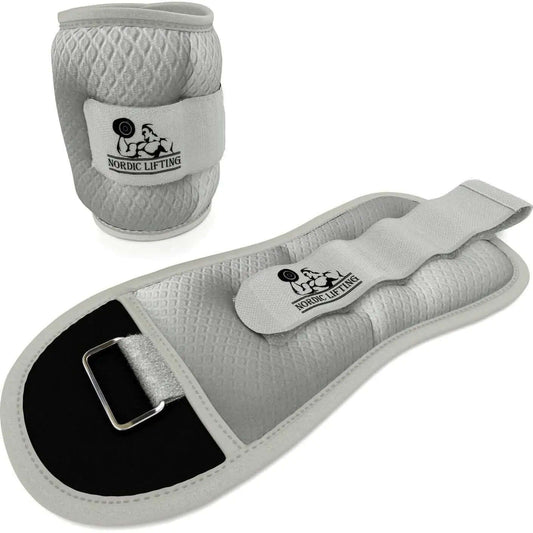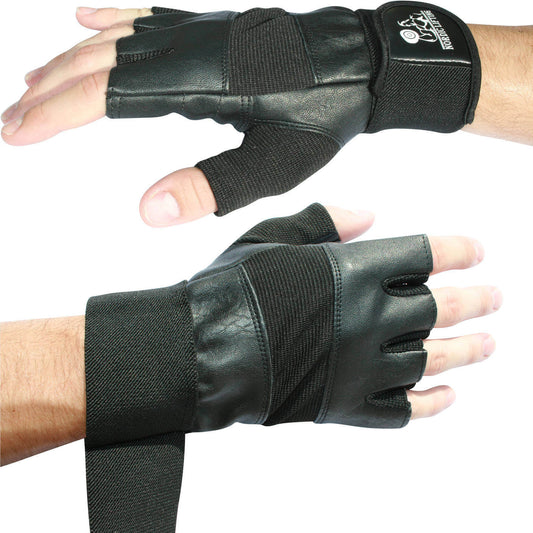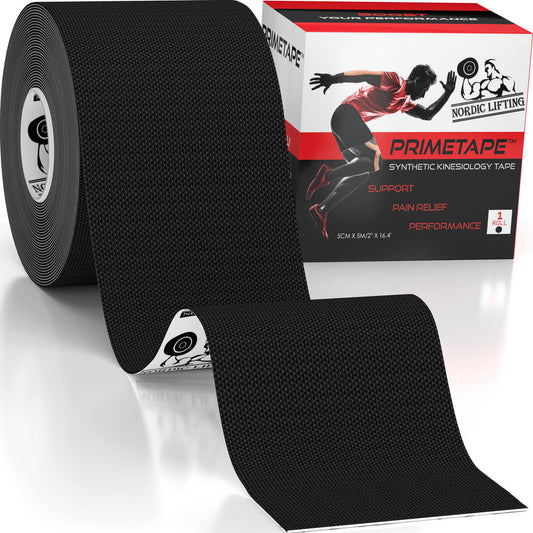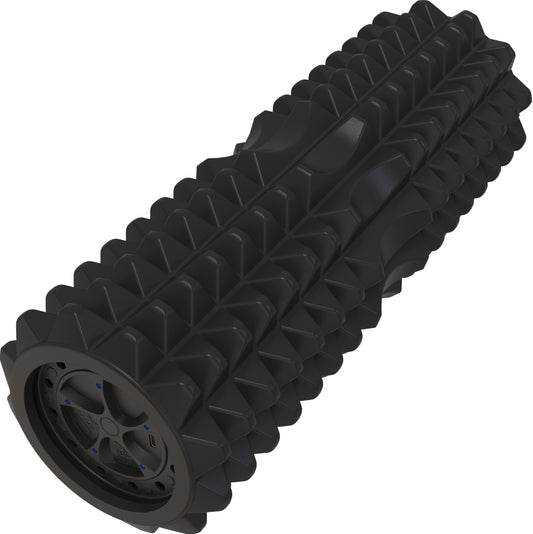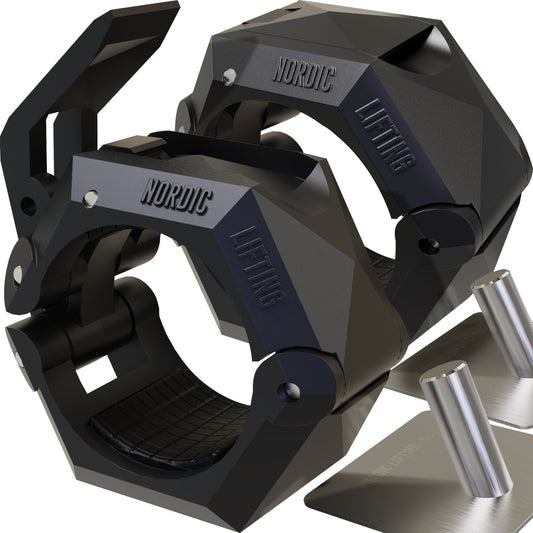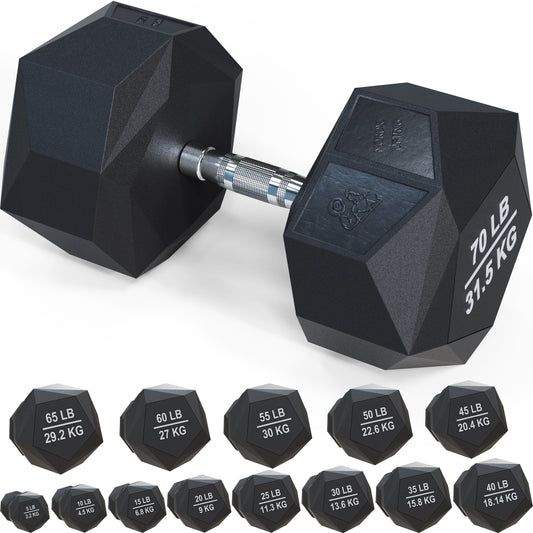Last Updated: April 11, 2025
The yoga wheel is a versatile tool that can greatly enhance a beginner's yoga practice. It helps improve flexibility, balance, and strength while making yoga poses more accessible. Beginners can use the yoga wheel to support their learning and explore new poses safely. This guide will provide useful tips and techniques to incorporate the yoga wheel effectively into any routine.
Using a yoga wheel can transform typical exercises into exciting challenges. It encourages users to engage their core and improve their overall stability. With patience and practice, anyone can master basic poses and gradually advance to more complex movements.
Whether one is looking to deepen their practice or simply try something new, the yoga wheel offers many possibilities. From gentle stretches to dynamic poses, it serves as a supportive partner in achieving fitness goals.
Key Takeaways
- The yoga wheel enhances flexibility and balance in beginner yoga practice.
- It helps build core and arm strength through various poses.
- Safety and proper techniques are essential for effective use of the yoga wheel.
Understanding the Yoga Wheel
The yoga wheel is a versatile tool that enhances flexibility and strength. This section explores its history, various types, and how to choose the right one for beginners.
History and Evolution
The yoga wheel originated in 2014, created by an instructor to assist practitioners in achieving deeper stretches. It quickly gained popularity in the yoga community for its ability to improve poses and aid in back relief.
Over time, the wheel has evolved from a simple prop to a more sophisticated tool. Designers now focus on comfort and safety features, such as foam padding and non-slip surfaces. These advancements make the yoga wheel suitable for all levels, particularly beginners who seek support during their practice.
Types and Features
Yoga wheels come in various styles and sizes, catering to different needs. Common types include the Dharma yoga wheel, known for its sturdy build and ideal size for most users. Wheels typically range from 12 to 15 inches in diameter and vary in width.
Key features to consider are the material and padding. Many wheels use durable materials like plastic or wood, often enhanced with foam padding for comfort. Additionally, a non-slip surface is crucial for safety during use. These features enhance grip and provide stability while practicing various poses.
Choosing the Right Yoga Wheel
Selecting the right yoga wheel is essential for maximizing benefits. Beginners should look for a wheel that offers good support and comfort. A model with foam padding will help protect the back during stretches.
Next, consider the wheel's diameter. A standard 12-inch wheel is suitable for most users, but taller individuals may prefer larger sizes. It's also important to examine the wheel's grip. A non-slip surface ensures safety and enables confident use during poses.
By focusing on these elements, he or she can find the right yoga wheel to enhance their practice effectively.
Incorporating Yoga Wheels into Your Routine
Using a yoga wheel can enhance a beginner's yoga practice. It offers support, helps with balance, and adds variety to workouts. This section covers essential principles and warm-up exercises to incorporate the yoga wheel effectively.
Basic Principles for Beginners
When starting with a yoga wheel, it's important to focus on proper posture. Beginners should keep their core engaged to maintain stability. This engagement prevents injuries and improves balance during poses.
Understanding how to use the wheel is also key. Beginners should start with simple poses that allow them to feel comfortable with the prop. For example, placing the wheel under the back in a gentle stretch can open up the chest while providing support.
Additionally, beginners should listen to their bodies. Discomfort is normal, but pain is a sign to stop. Practicing mindfulness during each session helps in developing a strong connection with the wheel and enhances the overall yoga experience.
Yoga Wheel Warm-Up Exercises
A warm-up is essential before using the yoga wheel. Beginners can start with a few gentle stretches to prepare their muscles. Here are three effective warm-up exercises:
-
Cat-Cow Stretch: This movement warms up the spine and neck. It helps with flexibility and prepares the body for more challenging poses.
-
Child’s Pose with Wheel: Kneeling and placing the wheel under the chest allows for a relaxed stretch. It opens the hips and shoulders, making it easier to use the wheel.
-
Seated Forward Bend: Sitting with legs extended and the wheel near the feet can enhance the stretch. Reaching forward toward the wheel encourages deeper muscle engagement.
Incorporating these warm-up exercises into a yoga routine can create a smoother transition into more advanced poses using the wheel.
Enhancing Flexibility and Balance
Using a yoga wheel can significantly improve flexibility and balance. It offers support during stretching and helps deepen backbends. This tool is especially beneficial for beginners looking to enhance their yoga practice.
Stretching with the Yoga Wheel
The yoga wheel acts as an excellent aid for stretching. It provides a sturdy base for various stretches, allowing the user to extend their range of motion.
Key stretches to try include:
- Spinal Opener: Position the wheel behind the lower back. Lean back gently to stretch the spine and open the chest.
- Hip Flexor Stretch: Place one foot on the wheel while keeping the other leg straight behind. This helps deepen the stretch in the hip flexor area.
- Backbends: The wheel can assist in achieving backbends, making them less intimidating.
Using the wheel helps maintain proper alignment, avoiding strain during stretching. Beginners can also gradually work into deeper stretches, enhancing flexibility over time.
Improving Balance with the Yoga Wheel
Balancing poses can be challenging for many beginners. The yoga wheel offers support, making it easier to focus on alignment and strength.
A few balancing exercises include:
- Tree Pose: Rest one foot on the wheel while keeping the other foot grounded. This promotes stability and core engagement.
- Warrior III: The wheel can be used under the hands for support. This helps balance while allowing for the extension of the rear leg.
- Side Plank Variation: Balance on the wheel by placing one hand on it. This strengthens the core and improves overall balance.
Regular practice with the yoga wheel enhances coordination and stability. As users become more comfortable, they can challenge themselves with more advanced balancing poses.
Developing Core and Arm Strength
Building core and arm strength is vital for beginners using a yoga wheel. These areas support stability and balance during various poses. Strengthening these muscles enhances overall performance in yoga and other fitness activities.
Core Strengthening Exercises
Using a yoga wheel can significantly enhance core strength. Beginners can start with simple exercises such as wheel rollouts and seated twists. To perform a wheel rollout:
- Kneel with the wheel in front.
- Place hands on the wheel and roll it forward while keeping the core engaged.
- Return to the starting position.
This movement targets the abdominal muscles effectively. Another exercise is the plank with the wheel. In a plank position, placing the feet on the wheel adds instability, requiring more core engagement. Additionally, incorporating yoga straps can assist with alignment and support during these exercises. Consistent practice improves stability, making it easier to progress to more challenging poses.
Yoga Wheel for Arm Balances and Strength
Arm balance poses demand significant strength and coordination. The yoga wheel helps beginners build this strength gradually. For instance, practicing side planks or crow pose with the wheel can enhance arm strength.
To attempt the crow pose:
- Place the yoga wheel under the feet.
- Bend the elbows and lean forward, bringing the knees onto the backs of the upper arms.
- Balance while engaging the core.
This position helps with stability while also strengthening the arms. Using a yoga wheel can aid in developing proper alignment and balance when transitioning into poses. This also allows beginners to experience a sense of security as they build strength. With time, they can incorporate more challenging arm balances that require advanced strength and coordination.
Innovative Ways to Use a Yoga Wheel
A yoga wheel can enhance practice through unique exercises that support inversions and improve posture. These innovative uses provide both challenge and support for beginners looking to deepen their yoga experience.
Yoga Wheel for Inversions
Inversions can be intimidating for many practitioners. The yoga wheel offers essential support to make these poses more accessible.
For example, the wheel can be placed under the back during a bridge pose. This allows the user to safely practice a supported backbend and prepare for more advanced inversions.
It also helps individuals get into poses like downward-facing dog and helps with balance. With consistent use, the yoga wheel builds confidence and strength for attempting full inversions, like headstands, later on.
Using a yoga wheel in these ways encourages the body to open up and align properly while adding stability to challenging poses.
Yoga Wheel for Posture Correction
Many people struggle with posture, especially those who sit for long periods. A yoga wheel aids in correcting alignment issues effectively.
In seated poses, placing the wheel between the lower back and a wall encourages natural spinal alignment. This effective adjustment fosters awareness of body positioning, reinforcing good habits.
Additionally, using the wheel for stretching exercises opens the chest and expands the shoulders. This helps counteract slumping or rounding of the back.
Incorporating the yoga wheel into a regular routine can lead to significant improvements in posture over time. Applying these innovative techniques makes the journey toward better alignment engaging and rewarding.
Safety and Best Practices
Using a yoga wheel can enhance a practice, but safety is crucial. Following guidelines on preventing injuries and maintaining the wheel ensures a safe experience for beginners.
Preventing Injuries
To avoid injuries while using a yoga wheel, choose a stable surface. A non-slip mat provides better grip and prevents unexpected movement. During classes, instructors often emphasize proper alignment. Ensuring correct posture helps in reducing strain on the body.
When starting, listen to the body's signals. If any pose feels uncomfortable or painful, it is essential to stop immediately. Beginners can benefit from gentle stretches that gradually build flexibility and strength.
Also, consider using props such as blocks or benches for extra support. New users should practice under supervision, particularly in yoga classes where instructors can provide immediate feedback and guidance. Always ensure the wheel is designed for yoga to guarantee it meets safety standards.
Maintaining Your Yoga Wheel
A well-maintained yoga wheel contributes to safety and effectiveness. Clean the surface regularly to keep it free of dust and debris. Use a damp cloth with mild soap for cleaning.
Inspect the wheel before each use. Check for any signs of damage, such as cracks or wear. A damaged wheel can lead to accidents during practice.
Proper storage is essential too. Keep it in a cool, dry place, away from direct sunlight to avoid warping.
For those looking for the best yoga wheels, choose options made from durable materials like wood or high-quality plastic. This ensures longevity and safety during practice.
Frequently Asked Questions
Many beginners have questions about using a yoga wheel. This section addresses common concerns about benefits, getting started, safety, and choosing the right wheel.
What are the key benefits of using a yoga wheel?
A yoga wheel helps enhance flexibility and improve balance. It also deepens stretches and aids in opening the chest and shoulders. Additionally, it can support better posture and assist in muscle recovery.
How can a beginner get started with yoga wheel exercises?
To start, a beginner should choose simple poses that are familiar. Sitting or lying on the wheel can help gain stability. Gradually, they can progress to more challenging exercises as their comfort and skills increase.
Which yoga wheels are most suitable for beginners?
Beginners should look for a yoga wheel that is sturdy and has good grip. A wheel with softer edges is more comfortable for various poses. It's best to choose one that is appropriately sized for their height.
How does a yoga wheel assist in relieving back pain?
A yoga wheel provides support for the spine during stretches. It helps open up tight areas in the back, promoting relaxation. Using the wheel can also improve alignment and reduce tension in the vertebrae.
Are there any specific safety guidelines to follow when using a yoga wheel?
Yes, beginners should start slowly and avoid overextending. It's important to use the wheel on a stable surface. Using it under supervision or after guidance can help prevent injuries.
How can one evaluate the quality and price of different yoga wheels?
To assess quality, check the materials used and read customer reviews. A higher-priced wheel often means better durability and features. Comparing different brands can help find a good balance between quality and cost.







